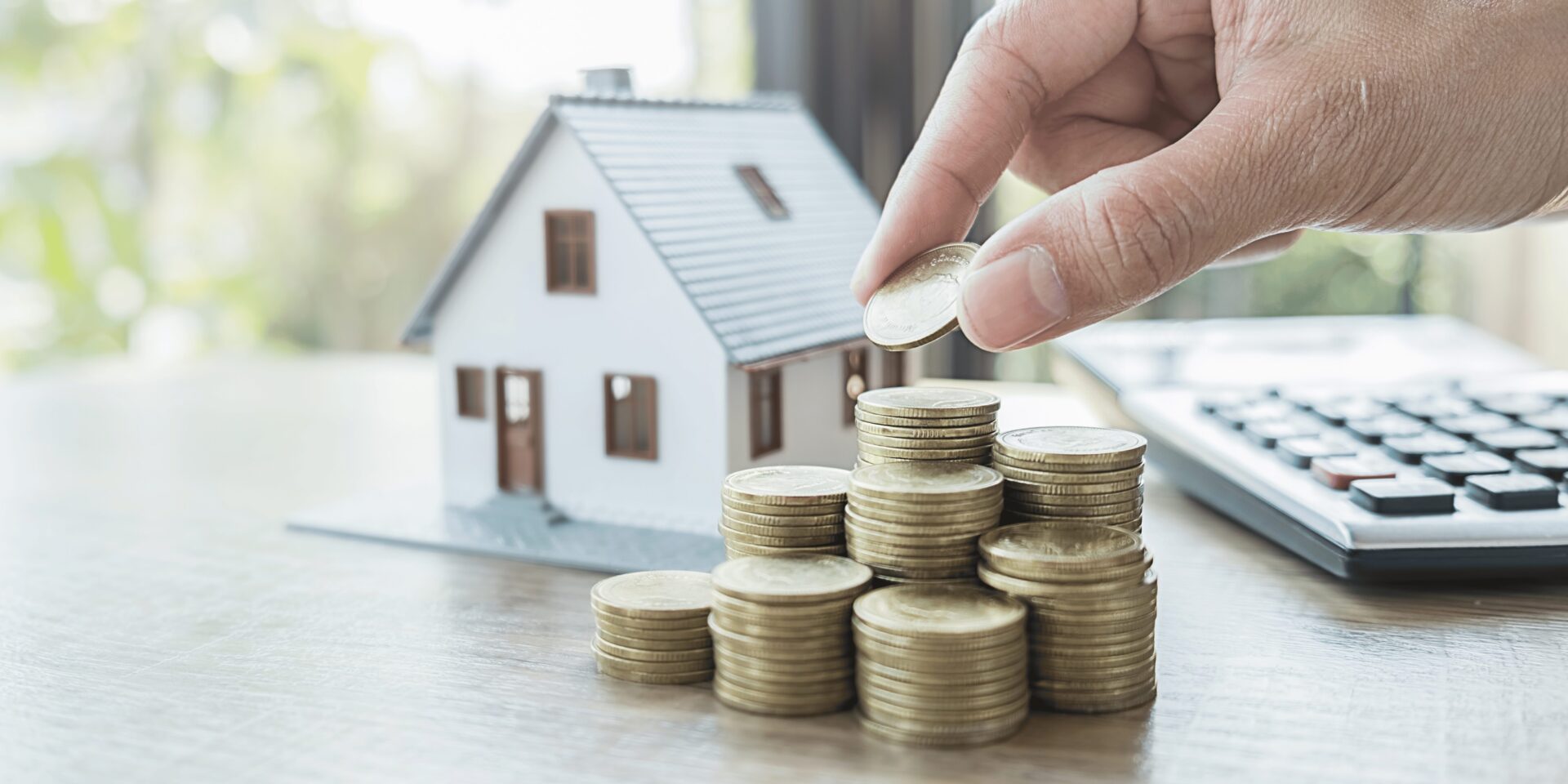Section 1245 and 1250: Understanding Depreciation Recapture fo...
Navigating the complexities of tax law in real estate can be challenging, even for experienced in...

Many Real Estate Developers and Commercial Building owners have a misconception their buildings must be completely “Green” to qualify for powerful energy efficient tax incentives. While solar panels and onsite renewable energy sources might be beneficial for some tax incentives, the tax code does not require them to qualify for others. There are many incentives that reward building owners for constructing their properties to today’s code, or for simply upgrading old and inefficient systems with new equipment. If you have any questions for our experts, schedule a call!
The Energy Efficient Home Credit, or 45L, has been available since 2005. In 2022, the Inflation Reduction Act raised the credit limit from $2,000 to $5,000 per unit. Builders, contractors, and developers meeting energy benchmarks can pursue the incentive for buildings constructed in the last three tax years.
The Energy Efficient Commercial Building Tax Deduction, or 179D, has also been around since 2005. More recently, The Consolidated Appropriations Act of 2021 made it a permanent part of the tax code, and the Inflation Reduction Act of 2022 significantly expanded both the deduction amount and the scope. Commercial building owners, real estate developers, and designers of non-taxed commercial property are now eligible to receive up to $5.00 per square foot for impacting the following systems:
America’s commercial & residential buildings consume more energy than any other single source. When we increase the efficiency of these buildings, we are effectively decreasing our nation’s energy consumption. By leveraging the Energy Efficient Home Credit (45L) and the Energy Efficient Commercial Building Tax Deduction (179D), real estate developers, commercial building owners, and designers of non-taxed commercial property can unlock valuable tax savings, reduce operating costs, and contribute to a more sustainable future.
Explore our latest insights
See more arrow_forward
Navigating the complexities of tax law in real estate can be challenging, even for experienced in...

The South Carolina Supreme Court recently invalidated a sales tax statute under the Commerce Clau...

In Uline, Inc. v. Commissioner (Minn., No. A23-1561, 2024), the court determined the market resea...

On August 8, 2024, the IRS provided an update on the status of Employee Retention Tax Credit (“ER...